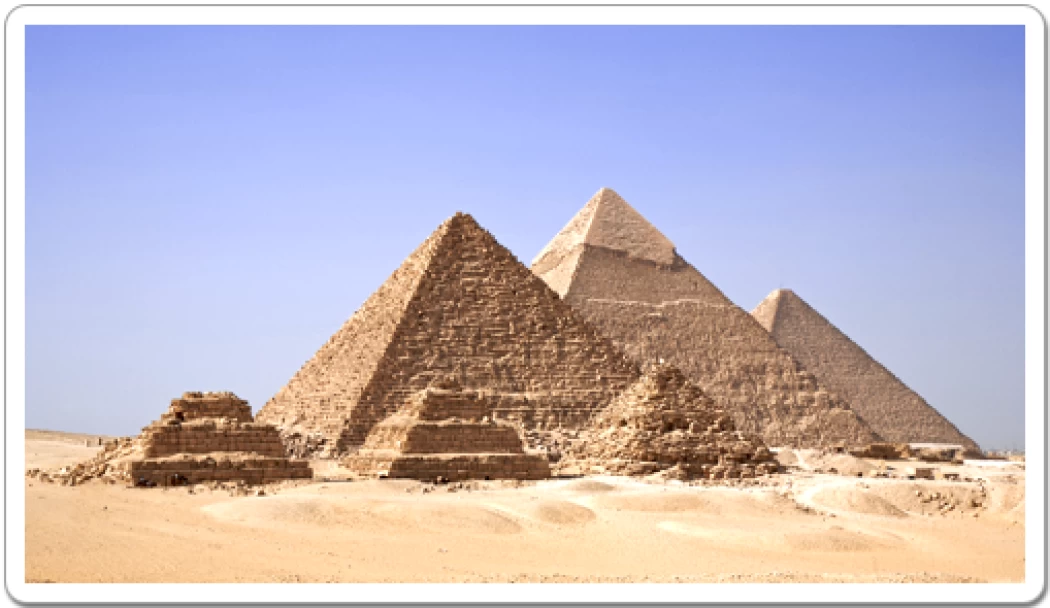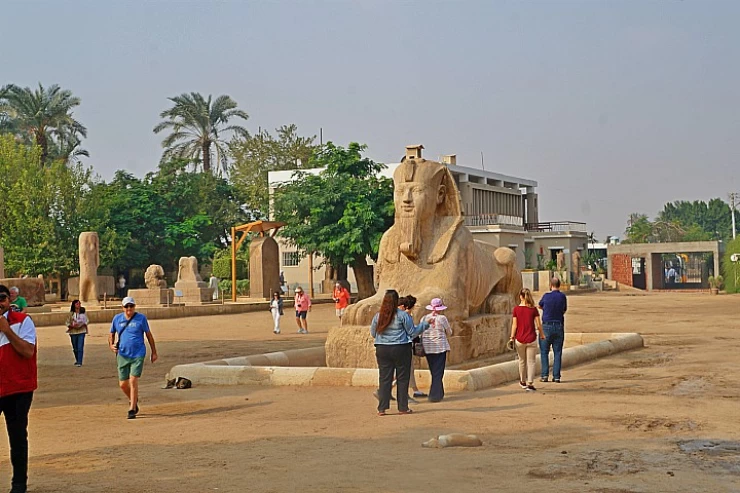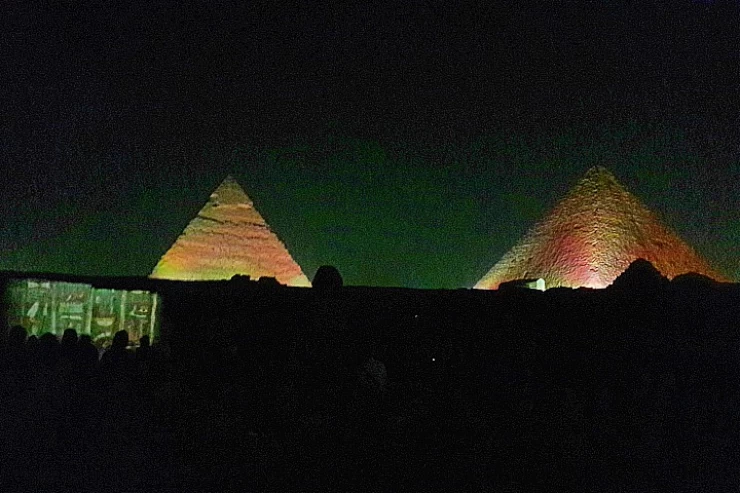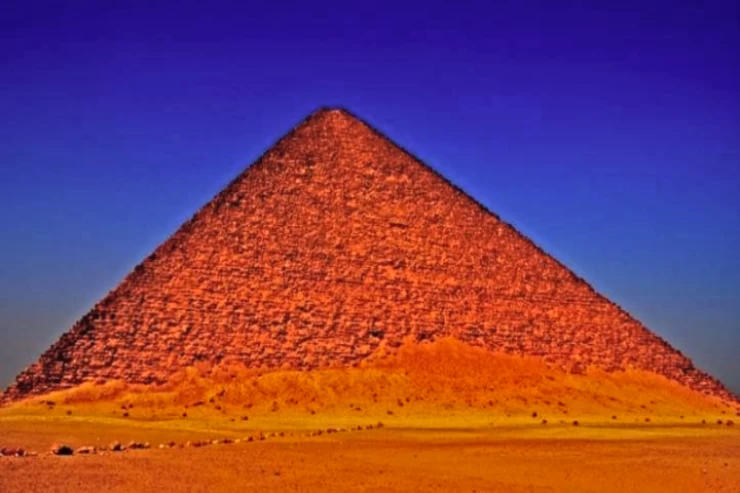
The Queens' Pyramids at Giza
Facts about Queens' Pyramids
The pyramids belonging to Khufu, Khafre and Menkaure are examples of architecture that exist in the present day too and belong to 26th and 25th centuries BC; therefore, approximately 2600 years before Christ to 2400 years before Christ. This indicates that those Pharaohs had the ability to design and execute very complex projects many centuries before their time.
For instance, the Metropolitan Museum of Art says that the reign of Khufu was in the years 2551-2528 BC, Khafre 2520-2494 BC and Menkaure 2490-2472 BC, even though there are many other sources and scholars with ranges of estimates of the reign of each of the pharaohs, as reported by Live Science.
The pyramid located at the southern end of the Khufu pyramid group is the pyramid of Queen (Hannutsin), the wife of Khufu, and the meaning of this name is (their lady). The pyramid is built of limestone, the outer cladding has been removed, the length of each side of its square base is 46 meters, its current height is 11 meters, its angle is 51 degrees, and it is entered from the north side as usual.
On the eastern side of the pyramid there are the remains of the funerary temple of the pyramid, and this temple became the nucleus of the temple of Isis and was renovated during the reign of the Twenty-sixth Dynasty.
Similarly, this structure was constructed of limestones, and square base of this structure measures 46 meters on each side, its present height is not more than 9 meters, its angle of the wall is 52 degrees, the entrance to this pyramid is also from North side like other pyramids, it is the pyramide of the daughter of Khufu, and some of the outer limestone casing stones can still be seen in place on the eastern side of the pyramid, and a boat pit of burial can be observed on the southern side of the said pyramid.
Each side's strut measures 46 meters, while the current height is six meters, at an angle of 51 degrees. There is an entrance to the majority of the pyramids located at the middle of the northern rib which creates a 16.5-meter-long corridor that goes through a hall and then a downward corridor into the chamber of burial.
The interiors of the remaining two pyramids are constructed like that of this pyramid, the one dedicated to Queen (Meretatis, consort of King Khufu) as well laying over the southern, and between the northern and central pyramids is a 20m long boat pit.

















